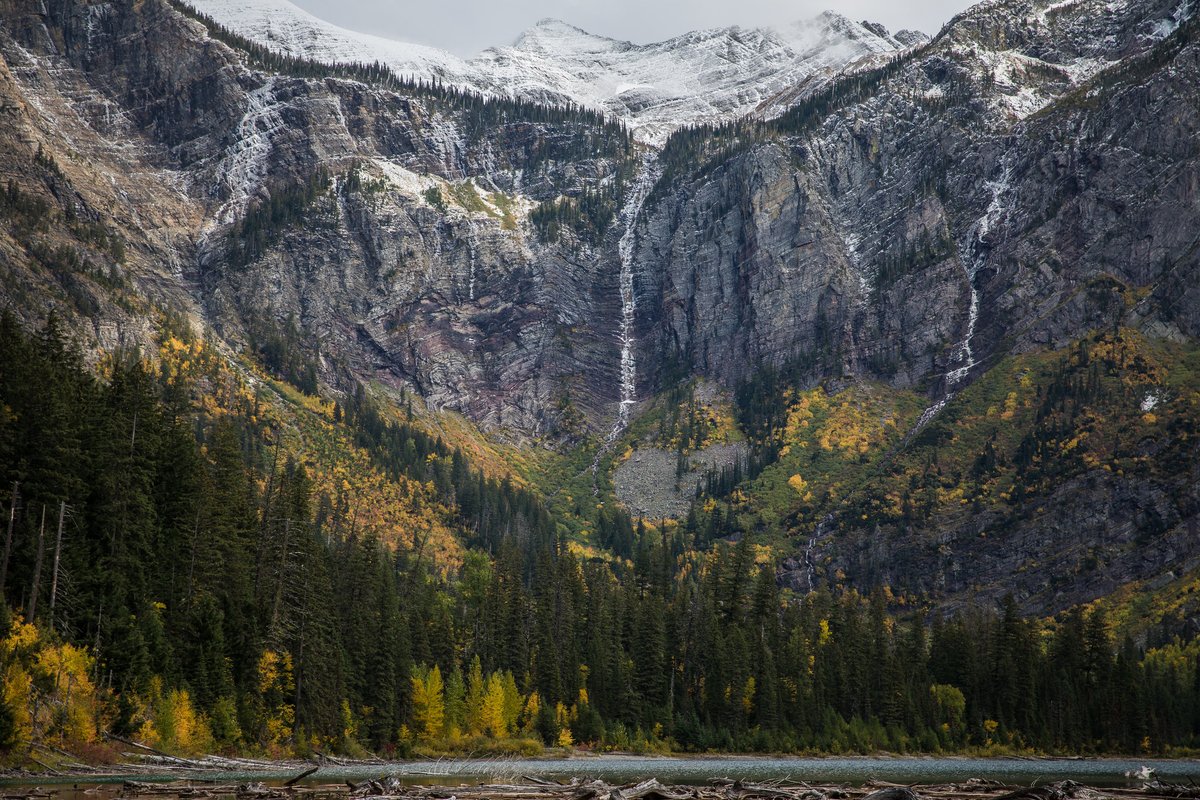Why do some trees drop their leaves every fall (deciduous), while others hold onto their leaves year-round (evergreen)?
(thread)
(thread)
There are tradeoffs between the two strategies. In the winter, leaves are a liability because they vastly increase the surface area of a tree, leading to increased water loss from evaporation and providing more places for snow to accumulate.
On the other hand, having to grow new leaves every year is challenging because leaf growth requires the use of soil nutrients. In nutrient poor soils these will not be available year after year. Leaves also become less efficient at photosynthesis as they age.
Evergreen trees have evolved leaves with minimal surface area (what we call needles), this reduces some of the concerns with water loss and snow accumulation in the winter, but even evergreen trees have to replace their needles eventually.
In the fall, you may notice needles on evergreen trees turning yellow or brown on the interior of a branch. If the young needles on the outside are still green, but the older needles on the inside are dying, the tree is probably just replacing the oldest cohort of needles.
Needles typically last 2-5 years, depending on the species. If the brand-new needles on the tip of the branch have died, though, the tree is likely to be affected by disease, pests, or drought. This is a much more concerning situation.
Different strategies will win out depending on the soil conditions and climate. Plants have found so many incredible ways to adapt to the challenges of our world!
The above photo was taken on the traditional land of the ǔmssk̇ǎaṗiiṗiik̇ǔni, Kootenai, Selis, and Qlispe People. 


 Read on Twitter
Read on Twitter


